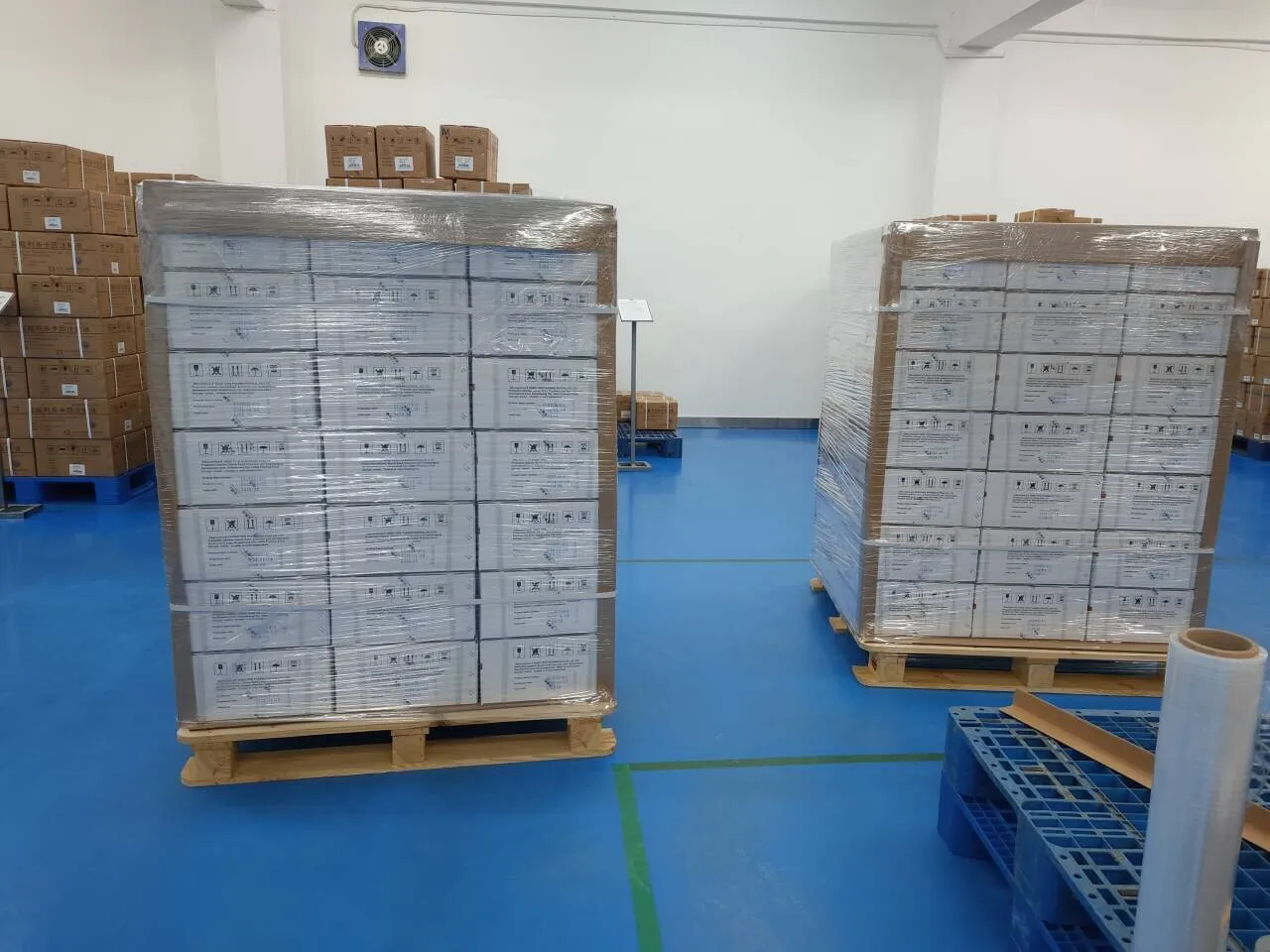Chemical Foaming Agents for Plastics A Comprehensive Overview
Chemical foaming agents (CFAs) are integral additives used in the plastics industry to create lightweight materials with enhanced properties. These agents facilitate the formation of a cellular structure within plastic, resulting in reduced density while maintaining structural integrity and performance. With growing needs for lightweight yet durable materials across various applications—from automotive to consumer goods—the importance of CFAs cannot be overstated.
What Are Chemical Foaming Agents?
Chemical foaming agents are substances that, when incorporated into a plastic matrix, decompose to produce gas upon heating. This gas helps to form bubbles within the plastic, creating a foam structure. There are two main types of CFAs physical foaming agents and chemical blowing agents. Physical foaming agents, such as hydrocarbons or carbon dioxide, can be mixed into the polymer matrix, while chemical blowing agents—commonly known CFAs—undergo a chemical reaction that produces gas, such as nitrogen or carbon dioxide, during processing.
Types of Chemical Foaming Agents
1. Endothermic Agents These agents absorb heat to generate gas. Common examples include sodium bicarbonate and ammonium carbonate. Endothermic agents primarily produce carbon dioxide and are often used in applications where reduced thermal conductivity is desired.
2. Exothermic Agents These release gas through an exothermic reaction, typically involving azodicarbonamide. This type of CFA is popular for creating foamed products, especially in thermoplastic applications. The gas produced is predominantly nitrogen, which contributes to the volume of foam.
3. Hybrid Blowing Agents Innovations in foaming technology have led to the use of hybrid agents that combine features of both endothermic and exothermic agents, providing versatility in processing conditions and final product characteristics.
Advantages of Using CFAs
1. Weight Reduction One of the most significant benefits of using CFAs in plastics is the reduction in weight. Lightweight materials help in producing fuel-efficient vehicles and lighter consumer products.
chemical foaming agents for plastics

2. Cost-effectiveness By reducing the amount of plastic used through foaming, manufacturers can lower production costs without sacrificing performance, paving the way for more competitive pricing of end products.
3. Improved Insulating Properties Foamed plastics exhibit lower thermal conductivity, making them excellent insulators. This property is beneficial in applications ranging from building materials to appliances.
4. Enhanced Mechanical Properties The cellular structure formed by CFAs can lead to improved impact resistance and strength-to-weight ratios, which is essential in industries such as automotive and aerospace.
Applications of Foamed Plastics
CFAs are utilized across a multitude of sectors. In the automotive industry, foamed plastics are used in dashboard components, seat cushions, and insulation materials. The construction sector employs these lightweight materials for insulation panels, roofing materials, and energy-efficient building products. Additionally, consumer goods such as packaging, toys, and household items leverage the benefits of foamed plastics for both economic and functional advantages.
Environmental Considerations
The growing awareness of environmental issues has prompted research into more sustainable options for CFAs. Biodegradable foaming agents are being developed as alternatives to traditional petroleum-based agents. These bio-based products aim to reduce the carbon footprint associated with plastic manufacturing while still delivering the desired foaming performance.
Conclusion
The role of chemical foaming agents in the plastics industry is critical for fostering innovation and sustainability. As demands for lightweight, durable, and cost-effective materials increase, the use of CFAs is poised to expand further. Ongoing research and development in this field will ensure that CFAs evolve to meet both performance and environmental standards, paving the way for a sustainable future in plastics technology. Manufacturers who embrace these advancements not only enhance product offerings but also contribute to a more sustainable planet.
In summary, chemical foaming agents are essential components that continue to redefine the capabilities and applications of plastics, making them a focal point of innovation in material science.

